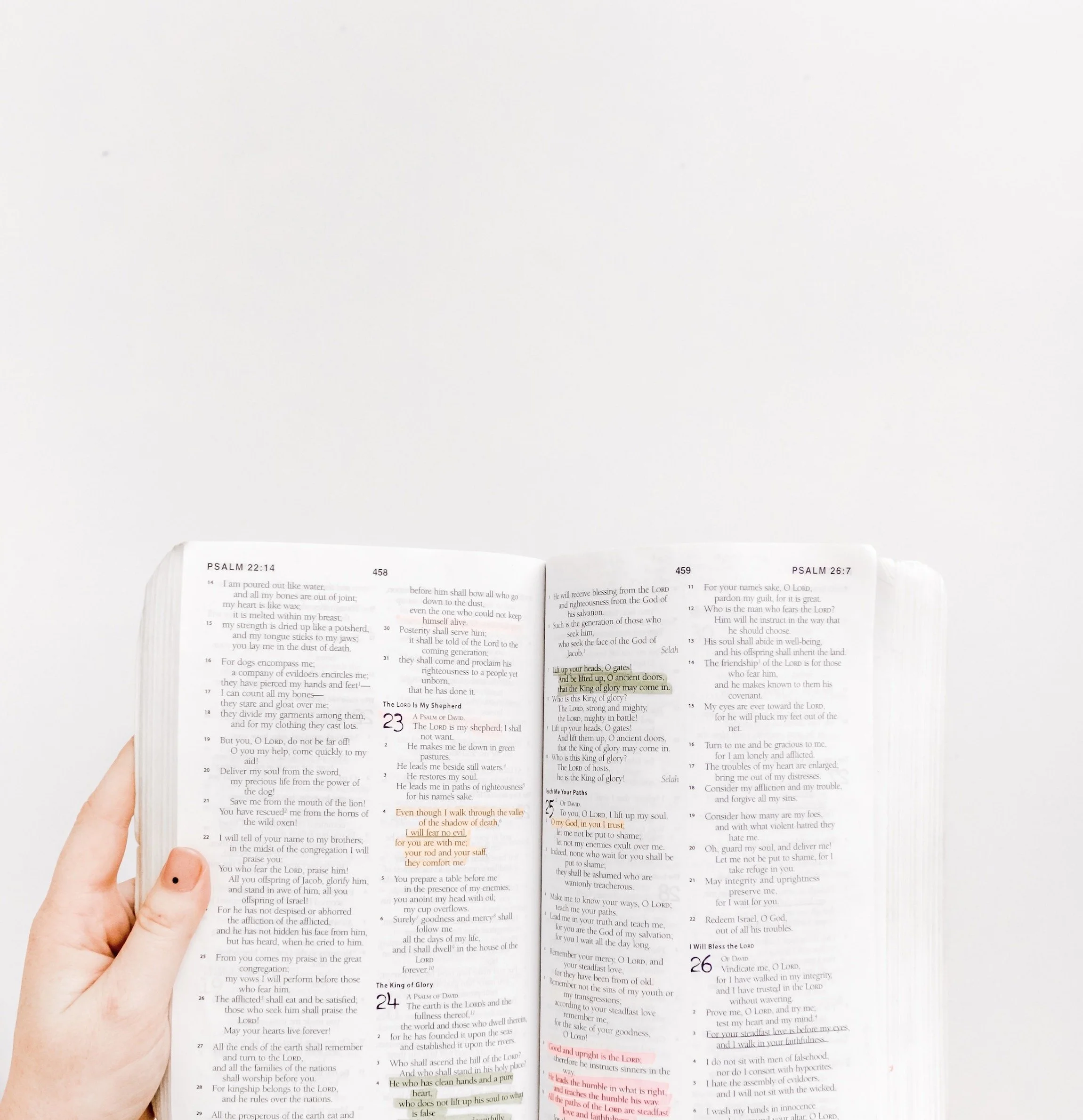Family Mission, Vision and Values
7 in 10 parents say they have an explicit set of values for their family, but less than 3 in 10 have written out that purpose or mission statement.
– Andy Crouch, The Tech-Wise Family
One thing that has been important to our family is coming up with mission, vision and values statements. The idea came up about seven years into our marriage, when Dave was walking his department at work through formulating their mission, vision and values. Many institutions do this, but why, we wondered, don’t more families? Isn’t it important for us to communicate about what we value and where we want to be headed? Wouldn’t it be helpful to have something to look back on during decision-making points, or to use as a guideline for assessing how we’re doing? I had recently listened to a Focus on the Family podcast that introduced the idea of coming up with something like this for families, so we decided to give it a shot.
The first time we did it, seven years ago, it took about half a day. We dropped our young children off with our parents, drove to a remote place an hour away and sat down with pencil and paper. For each statement, we brainstormed a list of ideas separately, then discussed and reviewed it together. We developed or eliminated various ideas until we arrived at the most concise statement that encapsulated what we felt was important.
Here is the general guideline we followed, and because examples can be hard to find, I’ve included some of our own:
mission
To formulate a mission statement, ask yourself: what is our family’s purpose? Why does our family exist? What is our reason for being? This is often longer than the vision statement. You should look at what your goal is for your family in the next five years.
Example 1 (post-residency, in middle of having kids):
To foster in a loving and God-honoring environment the development and formation of our family in its early years, to be engaged and satisfied in our community, to grow in our understanding and enjoyment of each other in marriage, and to build a strong financial foundation.
Example 2 (two years later, preparing for a move):
To live counter-culturally and missionally by deepening in unity and enjoyment in our marriage, providing a stable foundation for and investing in the character growth of our children, and intentionally building a committed and genuine community.
vision
To formulate a vision statement, ask yourself: where are we headed ten years from now? You should look at what your longer-term goals are over the next several decades; typically this is a briefer statement than the mission statement. If the mission statement lays out our family’s “purpose for being,” the vision statement says, “based on that purpose, this is what we want to become.”
Example 1 (post-residency, in middle of having kids):
To have a welcoming home that equips and supports family members to pursue God’s call in their lives and change the world for Christ.
Example 2 (two years later, preparing for a move):
Our home is a place of strength and health that brings hope and blessing to those around us.
values
Come up with a list of 4-6 core values by asking yourself: what are the shared core beliefs we’ll always try to reflect while in pursuit of our mission and vision? What values are unique to us? What conduct should members of our family uphold?
“Before we can think about a definition of success, we need to be clear about the things we value.”
One way to get started is to google a list of common core values. Go through and rank them all (1, most important; 3, least important), then go back and rank your top 10, then go back and rank your top 5. Then share your findings with your spouse. You can each keep your top 2-3 to make a list for your family, or you can negotiate and find a list of 4-6 that you both agree on.
Example 1 (post-residency, in middle of having kids):
Peace: freedom from conflict, a haven, a place to recharge and find strength.
Fun: playfulness, laughter, delight, wonder.
Kindness: caring for others.
Communication: openness and honesty, safety to share, listening to and understanding others better.
Example 2 (two years later, preparing for a move):
Growth: being aware of the changing needs and development as individuals and a family; investing intentionally in inward growth over outward appearances.
Simplicity: maintaining space and margin; being fully present and content.
Joy: having a home full of light, fun and hope; enjoyment of our environment and friends. Generosity: giving our time, money, resources; practicing hospitality; engaging in community.
conclusion
We go through this process every 2-3 years, because things change in that time frame: our kids become different people; the nature of our surroundings or connections or jobs or finances change. We’ve gone through about four versions now. When we can, we still like working on it during trips, but sometimes we just spend a few hours in a coffee shop. Either way, it takes setting aside some time, but the communication process is as valuable as the outcome itself.
How do these statements change the way we live? Well, we stick them up on a wall in our house, where it can be a reminder for us and the kids, and where visitors can see them too. Most of the time, it’s not something we think about very much after that. But once in a while, we’ll go back to them when making a difficult decision—the last two instances involved deciding whether to make a significant extracurricular and/or ministry-related commitment. We literally go through the checklist of values: does this commitment help us live out these values? Does it align with our mission?
In the end, the idea is to have a clearer sense of what we are about as a family. Because our family is not just an end unto itself: it is an instrument for a purpose, and we need to know what our unique purpose is. We need to know what particular values define our family culture and our ideas of success. If we don’t, it’s all too easy to get swept up in whatever other families around us are doing, or to not be mindful of what we’re living for at all.






